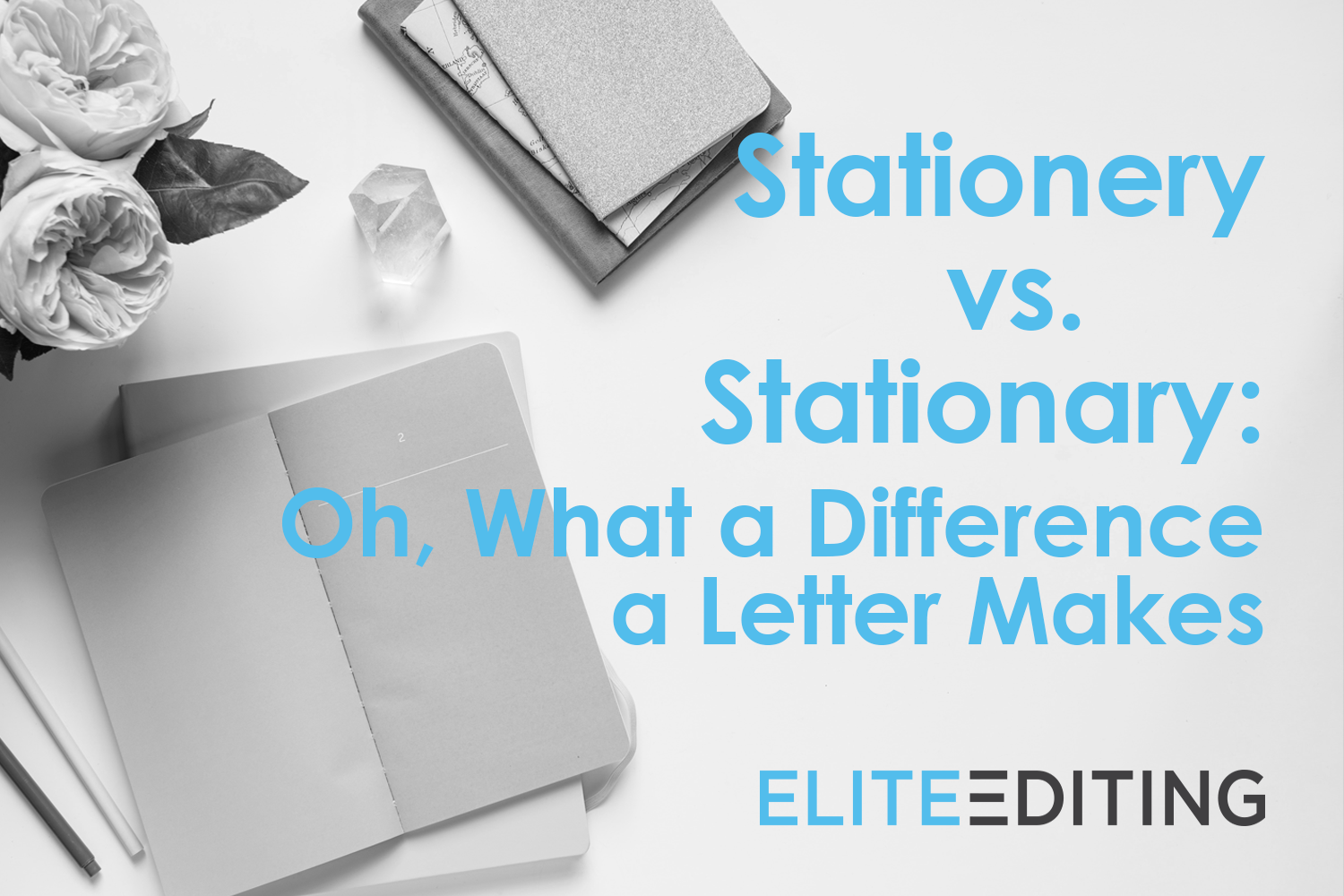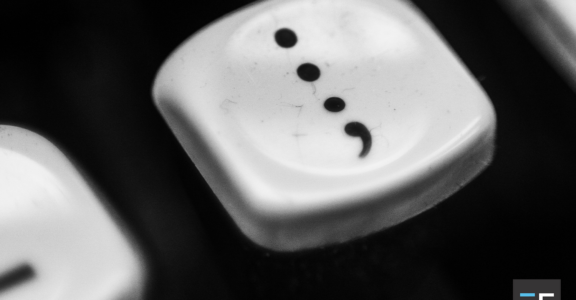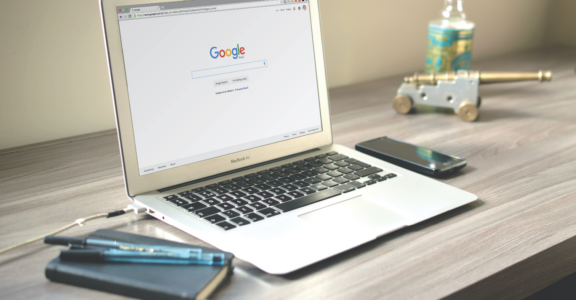
Usually you’re stationary while you’re using stationery. If you’re writing a letter to a client at work, then you should know that one letter is all it takes to completely change what you’re doing. Mix up stationery vs. stationary at your job, and you might end up standing still and doing nothing instead of getting your client’s letter written. Let’s find out why.
Stationery vs. Stationary: Know Your Station
Put simply, stationery, with an e, refers to nonelectronic supplies for writing or office work: think envelopes, Post-it notes, and paper with your company’s snazzy logo printed on top. Most commonly, stationery refers to paper and envelopes that have a company or other organization’s branding printed on them for official business.
On the other hand, stationary, with an a, means that something is keeping still or is unchanging. So although you might be sitting stationary while you go about writing your office’s new memo, you’ll be using stationery to do it.
In addition to meaning that an object is still, stationary can refer to other aspects of something’s condition. For example, a naturalist might describe an unchanged population of birds as stationary. Let’s explore some more in-depth examples.
Stationary vs. Stationery Examples
To ensure that your knowledge of grammar is always growing and never remains stationary, we’ll look at a few examples of stationary first.
- The car insurance company said the accident was my fault because the car I crashed into was stationary.
- Rhinoceros populations in sub-Saharan Africa remained stationary for many years but have recently begun to decline due to increased poaching.
- I arrived at six in the morning to get the new iPhone on Black Friday, and the line didn’t move for three hours. My feet started to hurt from staying stationary for so long.
Now let’s look at some stationery examples:
- I was going to write a letter to Santa Claus but ran out of stationery; I sent an email to the North Pole instead.
- Offering pens, pencils, printer paper, and all kinds of other office supplies, Staples is one of the main stationery supply chains in the United States.
- When I started my own business, I had my own stationery printed: envelopes and letterhead with my company’s logo and address on them.
The Simple yet Critical Difference
As you can see from the examples above, the difference between stationary vs. stationery is huge, but the distinction is easy to grasp. Use stationery to take notes, and then come back and check out Elite’s blog regularly: your mastery of the English language will never be stationary!
If you’re interested in learning about other commonly confused word pairings in which one letter makes all the difference, check out our posts on complimentary vs. complementary, premiere vs. premier, or the aid vs. aide conundrum.







